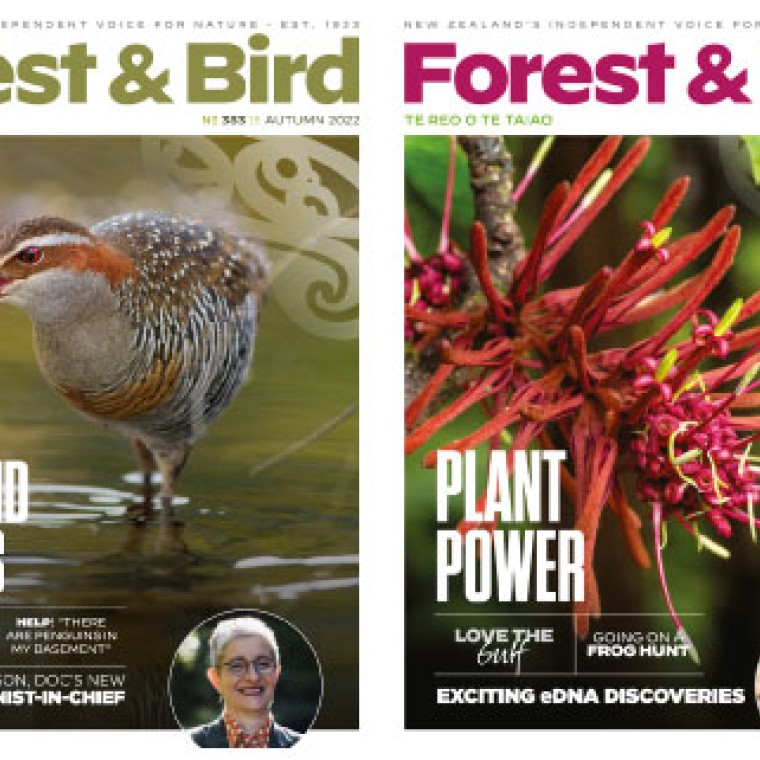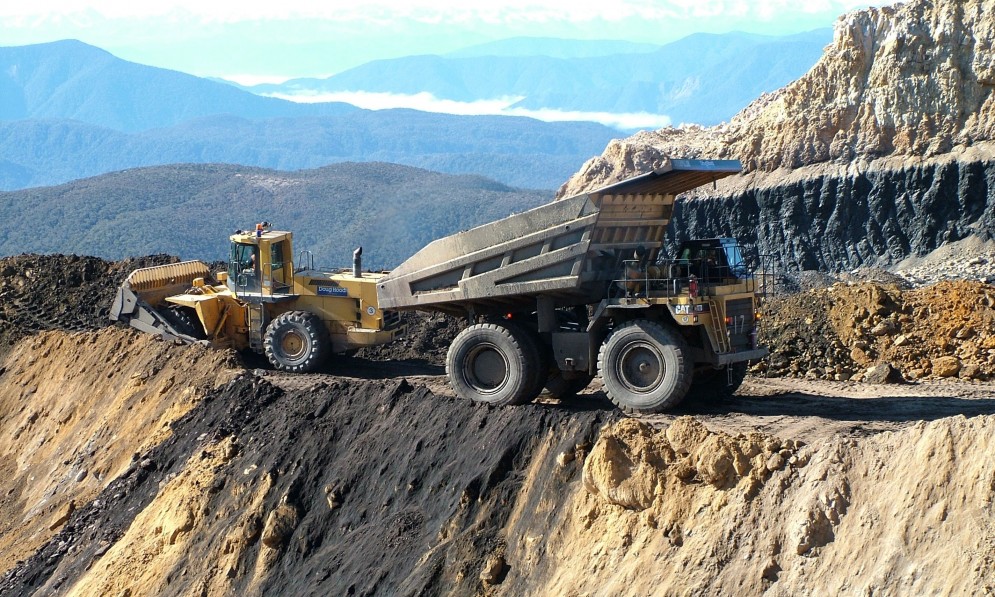Forest & Bird says all political parties who are serious about climate change and the environment need to support an important new bill to protect public conservation land from new mines.
Last Thursday, the Crown Minerals (Prohibition of Mining) Amendment Bill was drawn from the ballot box. Introduced to the House by Green Party MP Eugenie Sage, it would prevent new mining permits being granted on conservation land.
The draft bill also prevents new coal mining permits from being granted on any land in New Zealand after 1 January 2025.
Photos and drone footage of mines and public conservation land are available here.
“Five years ago, the Prime Minister promised through the Speech from the Throne that the government would end new mining on conservation land. In that time, numerous new mining activities have been approved across conservation land right across New Zealand,” says Forest & Bird Chief Executive Nicola Toki.
“This bill is the Prime Minister’s chance to fulfil that 2017 promise, and truly protect New Zealand’s publicly owned conservation lands for biodiversity and the climate. Ending mining on conservation land would be a powerful legacy and investment in the future. The government has just published its Emissions Reduction Plan – supporting this bill is an important test of its commitment to that Plan.”
While public conservation land remains available to be dug up for coal, gold, and other minerals, Forest & Bird will continue to advocate to protect ancient habitats and threatened species from ongoing mining threats.
This includes an ongoing legal battle against a new proposed opencast coal mine on the pristine mountaintop at Te Kuha, which is home to New Zealand’s largest known population of the rare forest ringlet butterfly.
Recently, multinational mining company OceanaGold applied for resource consents to mine Coromandel conservation land home to endangered Archey’s frogs.
“These tiny critters are like living fossils – they can’t croak, don’t have ears, and communicate with scent rather than sound,” says Ms Toki. “Archey’s frogs are globally unique, highly endangered, and yet are at risk of having their home destroyed for a privately owned gold mine.”
Other native animals at risk from mining include roroa/great spotted kiwi, long-tailed bats, South Island fernbird, carnivorous powelliphanta snails, geckos, and the Avatar moth, to name just a few.
Forest & Bird says the current review of stewardship land will do little stem the tide of mining applications because the proposed re-classifications still allow mining in the vast majority of areas. This includes the ancient kahikatea forests of South Westland and the rare ecosystems of the Denniston Plateau.
“There is no need for delay or to rely on complex land reclassifications or future changes to conservation laws. Supporting this bill is decisive action. It will deliver on the Prime Minister’s promise and will deliver for our environment. It is the right thing to do.” says Ms Toki.
“For a safe climate, there cannot be any more coal mines. Beginning a transition now, when some existing coal mining permits will still be valid for decades, is the very least we should be doing.
“New Zealand needs habitat for our unique wildlife, not climate and environment destroying coal pits.”
Notes:
- Since the 2017 Speech from the Throne promise mining activities ranging from prospecting to mining have been approved across hundreds of thousands of hectares of conservation land.
- Forest & Bird launched a petition calling for no new coal mines in 2021 and was recently in court opposing a coal mine expansion in Southland as well as opposing a new coal mine at Te Kuha on the West Coast.

